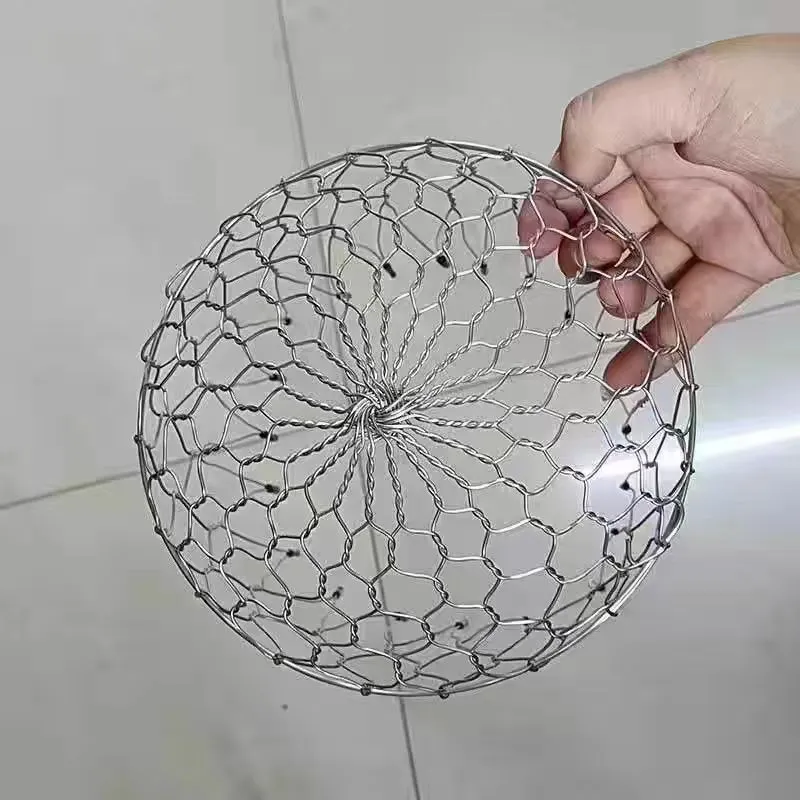A Comprehensive Guide to Choosing and Using Aviary Netting for Bird Protection and Safety
The Benefits of Aviary Netting A Comprehensive Overview
Aviary netting, a specialized form of netting designed to create enclosures for birds and other wildlife, has gained prominence in recent years due to its diverse applications and benefits. Used for both commercial and residential purposes, aviary netting serves as an essential tool for bird enthusiasts, conservationists, and farmers alike. Understanding its advantages sheds light on why it is becoming an indispensable resource in various fields.
Protection for Birds
One of the primary purposes of aviary netting is to provide protection for birds, whether in a domestic setting or in conservation areas. For bird breeders and enthusiasts, constructing an aviary encased in netting is crucial for ensuring the safety of pet birds from predators. Birds, although capable of flying, are vulnerable to attacks from hawks, cats, and other predators. Aviary netting effectively creates a barrier that allows birds to roam freely while keeping threats at bay.
In conservation efforts, aviary netting is utilized to protect endangered species during rehabilitation. Many wildlife organizations rely on these nets to create safe environments where birds can recover without the risk of predation. Through the use of aviary netting, conservationists can also facilitate breeding programs, fostering the growth of populations that are at risk of extinction.
Support for Farming and Agriculture
Farmers have also turned to aviary netting as a means of safeguarding crops. Birds can be both a blessing and a curse for agricultural producers. While they help with pest control, they can simultaneously cause significant damage to crops by feeding on berries, seeds, and other agricultural products. Installing aviary netting over vulnerable crops acts as a deterrent, allowing farmers to enjoy the benefits of local birds while minimizing losses.
In addition to protecting crops, aviary netting can also be used to create safe spaces for poultry and other livestock. By enclosing areas with netting, farmers can prevent birds from escaping while keeping potential predators out, thus ensuring the health and safety of their animals.
aviary netting

Durability and Versatility
One of the standout features of aviary netting is its durability. Typically constructed from high-quality materials resistant to wear and tear, aviary nets can withstand various environmental conditions. Whether exposed to harsh sunlight, heavy rain, or strong winds, this netting is designed to last. This makes it a wise investment for commercial aviaries, wildlife preserves, and home aviaries.
Moreover, aviary netting comes in various sizes and mesh configurations, making it versatile for different applications. From small residential bird enclosures to large-scale commercial aviaries, the options are abundant. This adaptability enables users to customize their setups based on the specific needs of the birds they are protecting.
Eco-Friendly Solution
In an era where sustainability is paramount, aviary netting offers an eco-friendly solution for bird protection and wildlife conservation. Unlike other methods of deterrence, such as chemical repellents or traps, netting does not harm the birds or other wildlife. Instead, it provides a safe environment that encourages natural behavior while protecting species from harm.
Conclusion
Aviary netting has emerged as an invaluable asset for bird lovers, farmers, and conservationists alike. Its ability to protect birds from predators, safeguard crops, and provide a durable, eco-friendly solution signifies its importance in various domains. As awareness of wildlife conservation and sustainable practices continues to grow, the demand for aviary netting is likely to rise, highlighting its role in creating harmonious ecosystems where both humans and birds can thrive. Whether for personal enjoyment or professional endeavors, aviary netting stands out as a practical and beneficial resource.
-
The Versatility of Stainless Steel Wire MeshNewsNov.01,2024
-
The Role and Types of Sun Shade SolutionsNewsNov.01,2024
-
Safeguard Your Space with Effective Bird Protection SolutionsNewsNov.01,2024
-
Protect Your Garden with Innovative Insect-Proof SolutionsNewsNov.01,2024
-
Innovative Solutions for Construction NeedsNewsNov.01,2024
-
Effective Bird Control Solutions for Every NeedNewsNov.01,2024












